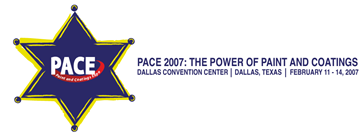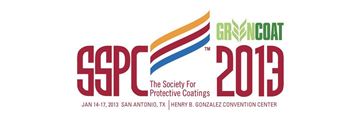Search
Individual Conference Papers
View as
Sort by
Display
per page
The Color of History: When the Brooklyn Bridge is Your Canvas
Product Number:
41215-937-SG
Publication Date:
2015
$20.00
The Combined Influences of Microstructure, Strength, and Titanium Content on the Hydrogen Stress Cracking Resistance of Precipitation Hardened Nickel Alloys
Product Number:
51323-19348-SG
Publication Date:
2023
$20.00
The Coming of Air Barriers in the National Model Building Codes
Product Number:
41207-391-SG
Publication Date:
2007
$20.00
The Commercialization of Self-Healing Technology in Normal Epoxy Coatings
Product Number:
51315-5790-SG
ISBN:
5790 2015 CP
Publication Date:
2015
$20.00
The Complex Synergy of Delayed Environmentally Assisted Cracking In Transmission Gear Assemblies
Product Number:
51323-19337-SG
Publication Date:
2023
$20.00
The Complexities of SSC testing of SMSS From A Steelmaker’s Perspective
Product Number:
51319-12893-SG
Publication Date:
2019
$20.00
The Complexity And Challenges Of Irradiation-Induced Phase Instability Phenomenon In Nuclear Power Plant Components
Product Number:
ED22-17322-SG
Publication Date:
2022
$20.00
The Contractor’s Logistics and Challenges of Painting Commercial Stores During Operation
Product Number:
41211-621-SG
Publication Date:
2011
$20.00
The Correlation of Appearances of Appearances of Changes and Long term Corrosion Protection for Aromatic Polyurethane Coatings Used on Steel Water Pipes
Product Number:
51220-237-SG
Publication Date:
2020
$20.00
The Corrosion of Electrocoated Steel Studied by a Combination of Accelerated Exposure and Electrochemical Methods
Product Number:
51324-21121-SG
Publication Date:
2024
$40.00
The Corrosion Susceptibility Index- A Physics-Based Indicator of Localized Corrosion and Environmental Assisted Cracking Susceptibility for Alloys
Product Number:
51323-19408-SG
Publication Date:
2023
$20.00
The Critical Truth Regarding Aerospace Coatings in the 21st Century
Product Number:
41213-795-SG
Publication Date:
2013
$20.00












